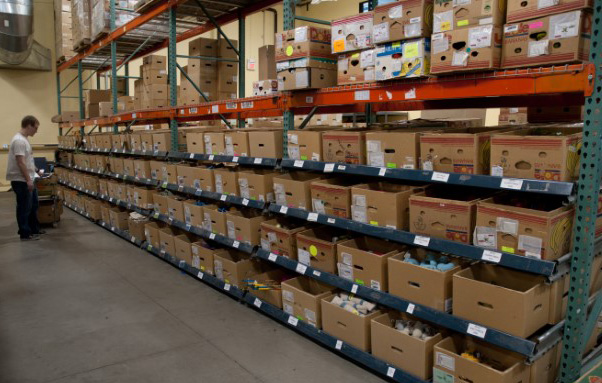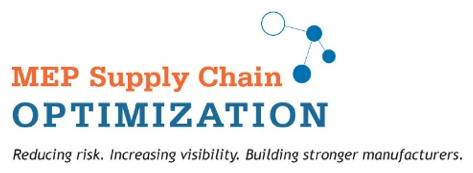Supply Chain Optimization: Reducing Cost and Risk
Businesses everywhere are taking a harder look at their bottom line. When seeking cost reductions, many businesses focus on their operations – usually 15-20 percent of their total costs. Supply chains typically represent around 60 percent of costs. To improve your bottom line, you may find more opportunity in supply chain optimization (SCO). While you're at it, you may avoid unnecessary risks, too. According to the Allianz Risk Barometer "Top Business Risks of 2015," business interruptions and supply chain are the top risks currently facing U.S. businesses.

A 2013 survey found that consistently high levels of supply chain disruptions occur in businesses globally. Seventy-five percent of respondents reported not having full visibility of their supply chain disruption levels – only 25 percent of respondents coordinated and reported to gain a wide view of their disruption levels. Of all survey respondents, 75 percent experienced at least one incident of supply chain disruption.
By utilizing supply chain optimization, you can help your business reduce risk and costs while maintaining a competitive edge.
Elements of Supply Chain Optimization
Strategy: Businesses must align their supply chain strategy with their overall business strategy. The key to ensuring that supply chain demands can be met without delays or interruptions is collaboration between your business and suppliers.
Risk Management: The risk of unanticipated events is always present. Every business should develop an organized risk management program and consistently monitor suppliers and processes in order to mitigate risks and to ensure speedy recovery if issues occur.
Total Cost of Ownership: The costs of materials and manufacturing often shift with changes in the different tiers of a supply chain. Relying on quoted prices can put your company at a disadvantage. Knowing the total cost of ownership leads to informed sourcing decisions.
Visibility: The most efficient supply chains rely on visibility up and down the chain. By increasing your awareness of operations in the lower tiers of your supply chain, you can reduce the risk of delayed orders and lost sales.
Collaboration: Every supply chain participant functions best with strong collaboration. A block to information-sharing along supply chains—even seemingly small ones—can lead to serious disruptions.
Take the first step toward supply chain optimization.
Deciding to optimize your supply chain can translate into opportunities - and challenges. Nebraska MEP is here to help guide your business through the process and find success.
We offer several workshops to manufacturers and businesses in Nebraska. All of our workshops take place on our clients' sites. We'll tailor our courses to fit the needs of your company at your place of business.
